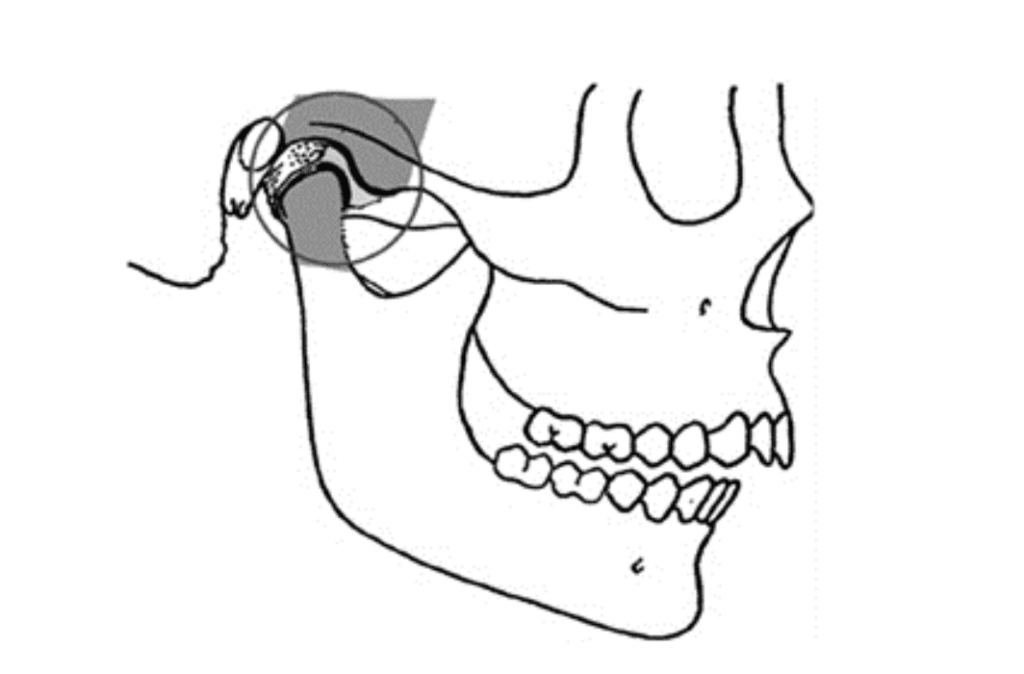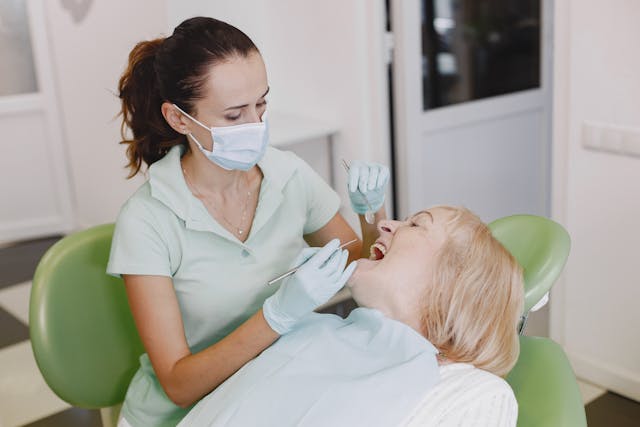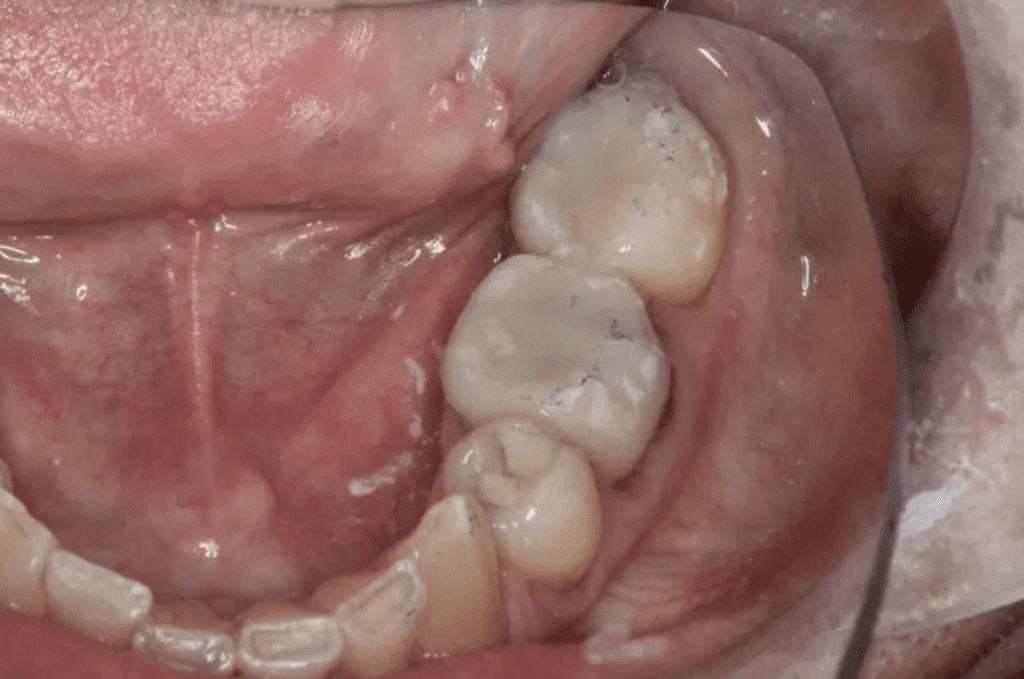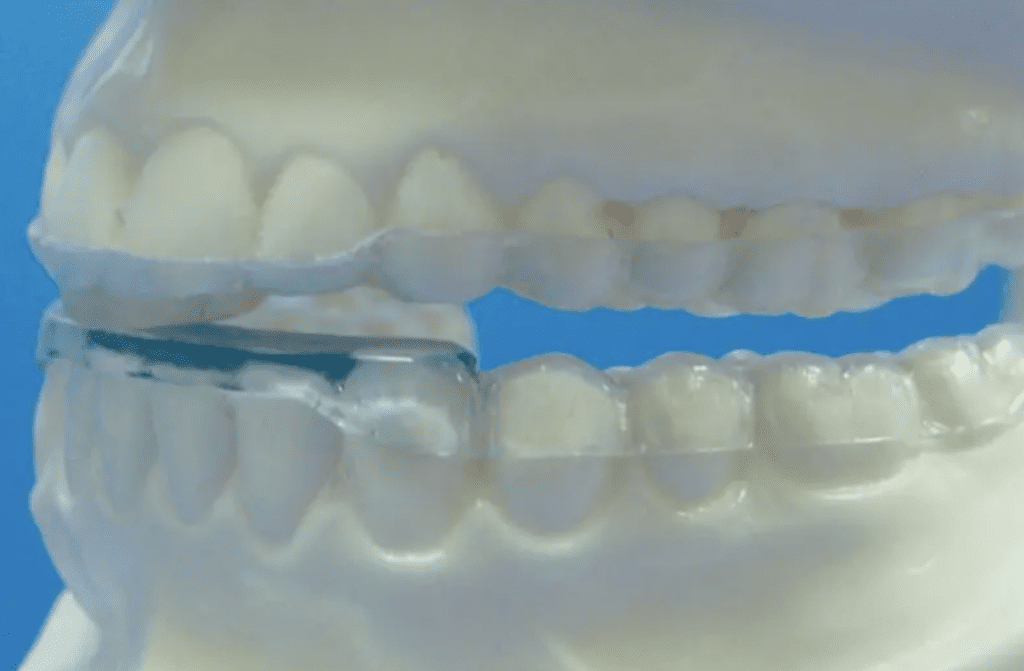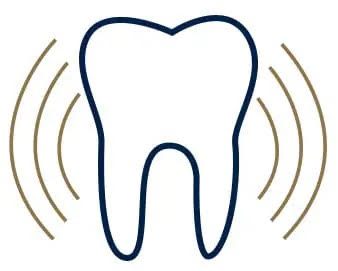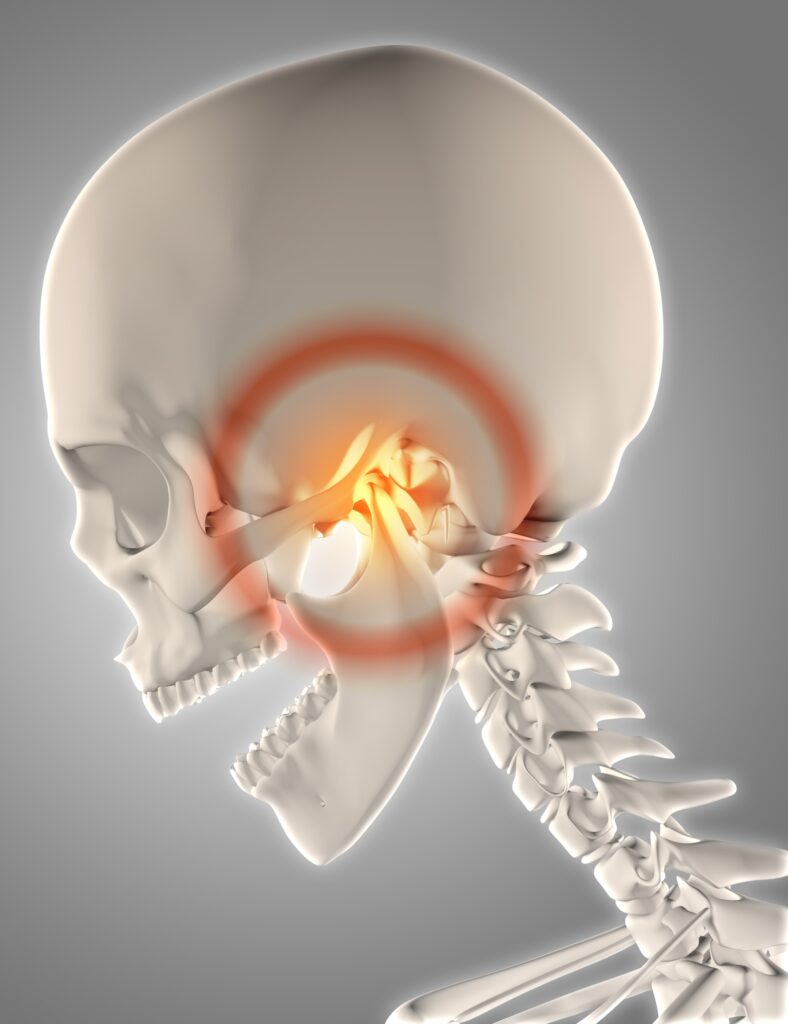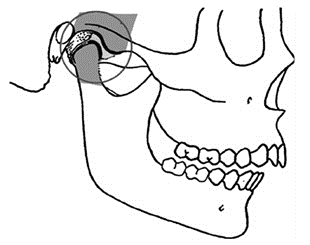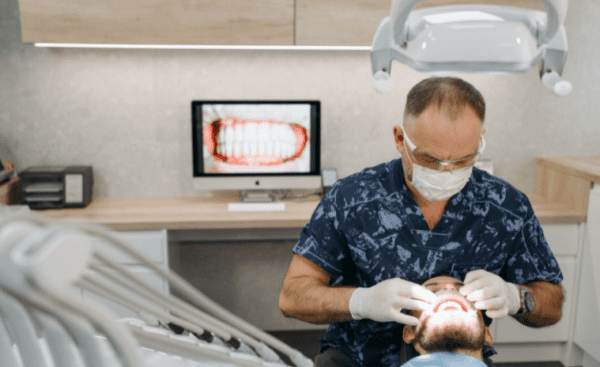![]()
Dr. Leonard Hess began teaching continuing education courses in 2005, and the topics include occlusion, smile design, treatment planning, preparation design, and practice integration of complete dentistry.
He’s taught full-day continuing education courses at the American Academy of Cosmetic Dentistry’s national meeting, The Greater New York Dental Meeting, AACD National Meeting, Pacific Dental Conference, Ontario Dental Association meeting, and The Yankee Dental Conference.
Dr. Hess also has taught courses in Japan, Germany, Poland, China, and Canada.
Dr. Hess is currently serving as the Senior Clinical Director at The Dawson Academy. He also owns Union County Center for Comprehensive Dentistry in Charlotte, North Carolina.
How Do You Know If You Achieved Centric Relation?
By: Dr. Leonard A. Hess, DDSClinical Director, The Dawson AcademyThis article originally appeared on TheDawsonAcademy.com, Dr. Hess…
TMJ 101: The Best TMD Treatment Options For Dentists
By: Dr. Leonard A. Hess, DDSClinical Director, The Dawson AcademyThis article originally appeared on TheDawsonAcademy.com, Dr. Hess…
What is Fremitus and Why Should You Check For It?
By: Dr. Leonard A. Hess, DDSClinical Director, The Dawson AcademyThis article originally appeared on TheDawsonAcademy.com, Dr. Hess allowed igniteDDS to…
Dentist Education: How Do I Predictably Prep Second Molars?
By: Dr. Leonard A. Hess, DDSClinical Director, The Dawson AcademyArticle originally appeared on TheDawsonAcademy.com, Dr. Hess allowed…
Sequencing a Full-Mouth Rehab: Anterior or Posteriors First?
The correct sequence to begin a full-mouth rehab is tobegin with the anterior teeth first, particularly the…
Q&A with Dr. Hess: Patients Who Have More Pain After Wearing a B-Splint
By: Dr. Leonard A. Hess, DDSClinical Director, The Dawson AcademyThe Article Originally Appeared on TheDawsonAcademy.com Question: What…
How to Discover Occlusal Muscle Disorders
By: Dr. Leonard A. Hess, DDSClinical Director, The Dawson AcademyThe Article Originally Appeared on TheDawsonAcademy.comLearn about Occlusion…
Considerations of Treatment Planning a Maxillary Implant Prosthesis
By: Dr. Leonard A. Hess, DDSClinical Director, The Dawson AcademyThe Article Originally Appeared on TheDawsonAcademy.comLearn about Occlusion…
How to Stabilize the Joints
By: Dr. Leonard A. Hess, DDSClinical Director, The Dawson AcademyThe Article Originally Appeared on TheDawsonAcademy.comLearn about Occlusion…
How Do You Know If You Achieved Centric Relation?
By: Dr. Leonard A. Hess, DDSClinical Director, The Dawson AcademyThe Article Originally Appeared on TheDawsonAcademy.comLearn about Occlusion…
5 Reasons to Become a Dental Hygienist
By: Megen Elliott, MS-OCL, RDH, CDA Narrowing down just five reasons to become a dental hygienist was a challenge. The field of dental hygiene is so rewarding for so many unique reasons. Relationships are a big part of what we do, relationships with our team and our patients are at the forefront of daily life in…
How to Become a Dental Hygienist
By: Megen Elliott, MS-OCL, RDH, CDA Becoming a dental hygienist is a rewarding, challenging, and exciting adventure. If you’re considering a career in dental hygiene, keep reading my guide on how to become a dental hygienist, or forward it to a friend who is considering a career change! Steps To Becoming a Dental Hygienist Step…
Why Become a Dentist?
Are you considering becoming a dentist? There certainly are many reasons why one would want to choose dentistry as his or her profession.
How to become a dental hygienist: What you need to know
Are you interested in becoming a dental hygienist? Here are some things you need to know about preparing for this career.
Did I make a mistake going into dentistry?
By Sienna Greene, DMD Did I make a mistake going into dentistry? Why did I become a dentist in the first place? Did I make the right decision? I don’t know if I like it and how do I know I will like it for the rest of my life? I asked myself these same…
5 tips for becoming a dental hygienist
Deciding on a career path is no small feat. It can be a very confusing and exciting time in your life. Dental hygiene is a rewarding and in-demand career and may be the right fit for you. Here are five tips for becoming a dental hygienist.
The educational journey: What it takes to become a dentist
Having an idea of the roadmap of educational requirements can help you discern if becoming a dentist is right for you.
Dental Continuing Education: 9 Websites Where Dentists Can Earn Free CE
Let’s take a look at 10 places on the Web where a dentist can earn free dental continuing education credits any time he or she wants.
When an associate dentist has questions, where do you find help?
An associate dentist will often have many questions after entering the dental practice, but where does one go for help?
Tips from Top Dentists on Dental School, Leadership, and More
Several dentists join forces in this article to give advice to their dental colleagues on everything from leadership to work-life balance.

